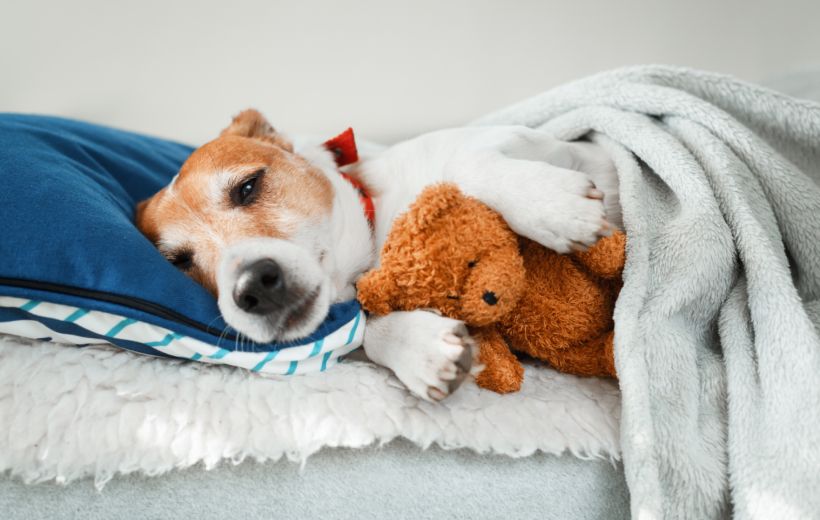We can investigate a new or long-term growth – either recommending immediate surgery or taking samples or performing tests to understand the growth better before advising you on the treatment options.
Rest assured, we’re here for you and your pet, which for us means offering you honest advice on the treatment options and prognosis. While most tumours are best removed, in some cases drug or palliative care can be advised to give you and your pet the best quality of life.


